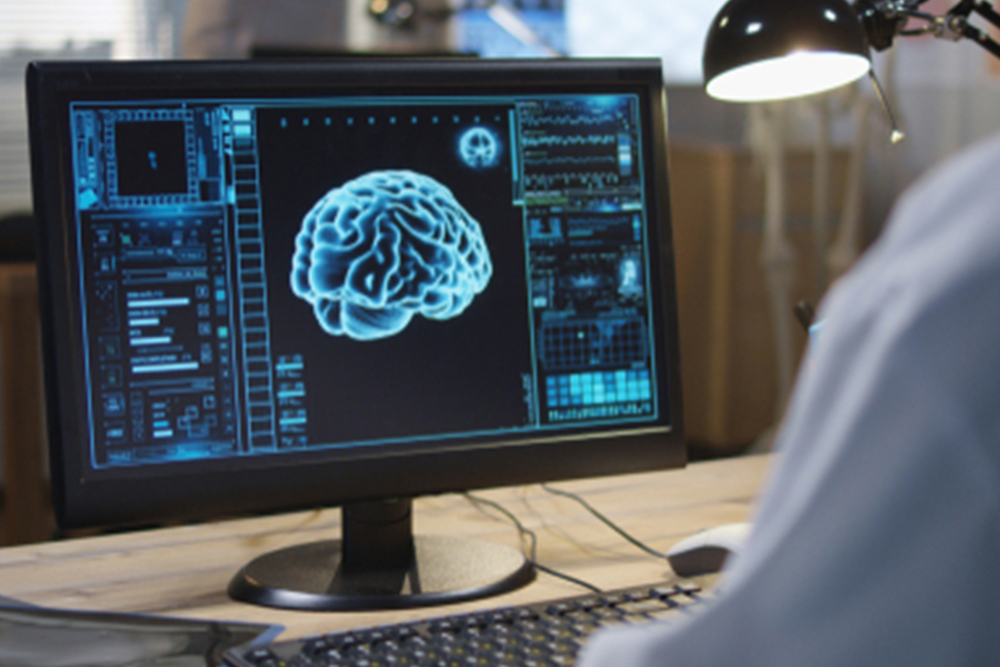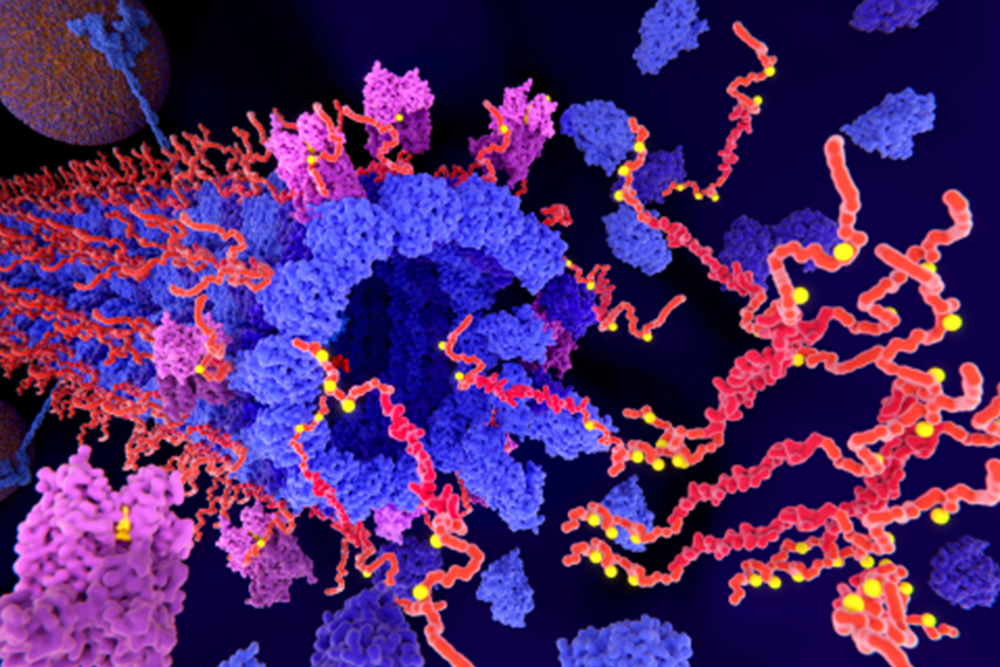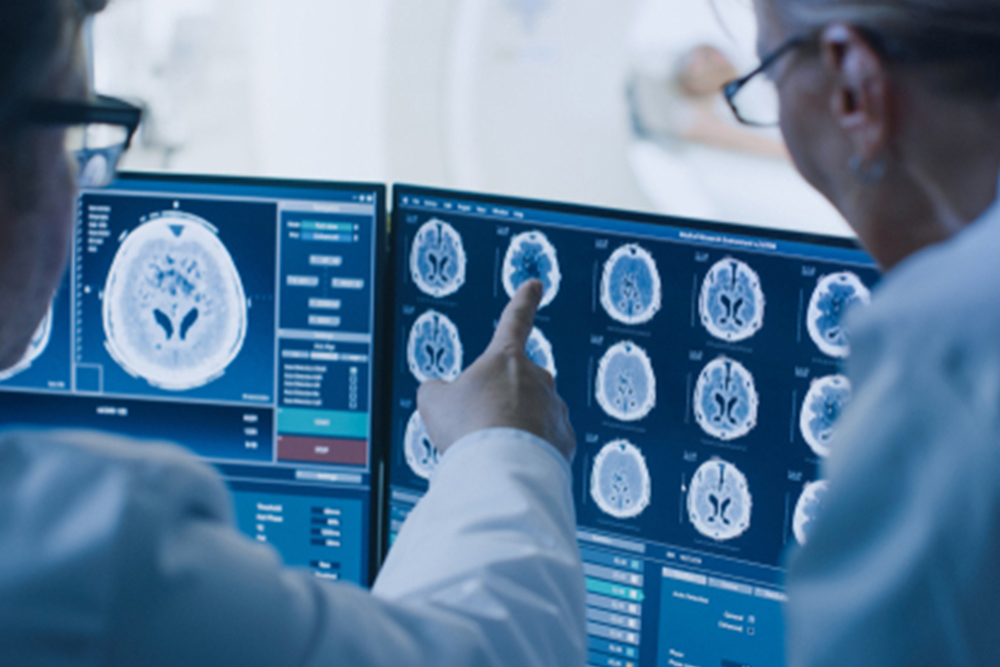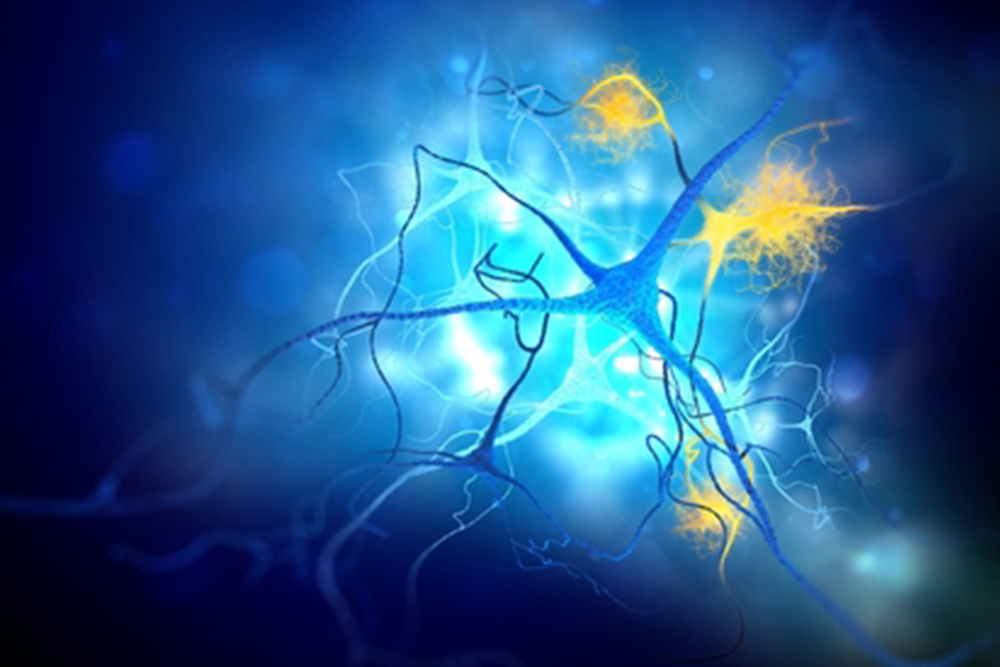Study Emphasizes AI and Neuroimaging Progress in Early Alzheimer’s Disease Detection

This review explores the use of neuroimaging and artificial intelligence (AI), including machine learning (ML), for early Alzheimer’s disease (AD) detection. The authors work to assess biomarkers and detection methods, analyzing gaps in current research. The review covers studies from 2013 to 2022, focusing on AI, ML, and statistical modeling applied to MRI and PET scans for early AD diagnosis. It emphasizes the importance of understanding AD’s onset and progression, marked by amyloid-beta and tau protein accumulation, and differentiates between early-onset AD and late-onset AD based on age and symptoms.
ALZpath Blood Test Proves Effective in Alzheimer’s Diagnosis, Enhances Anti-Amyloid Treatment Screening

A recent study highlighted the effectiveness of a blood test, known as the “ALZpath pTau217 test,” developed by ALZpath, in diagnosing Alzheimer’s disease (AD). This test detects a specific form of the tau protein in the blood, indicating the presence of amyloid plaques in the brain, which are a key marker of AD.
Researchers Show Neuroinflammation’s Impact on Alzheimer’s Disease

Researchers of a review address the increasing global burden of Alzheimer’s disease (AD) and the need for more effective therapies, exploring the role of neuroinflammation in AD progression alongside the classical pathological hallmarks of amyloid-beta (Aβ) and tau protein aggregation. The review underlines the involvement of microglia and astrocytes as the primary inflammatory mediators in the central nervous system in AD pathology. The review also suggests that investigating neuroinflammation could help identify new markers for AD progression and therapeutic targets.
Study Shows Advanced MRI’s Key Role in Early Dementia Detection, Covering Various Types

In a recent review, researchers analyzed the critical role of magnetic resonance imaging (MRI) in the early detection and management of dementia, focusing on both neurodegenerative and nondegenerative causes. MRI, especially the advanced 3T MRI, is vital in diagnosing dementia and its stages, including the evaluation of amyloid-related imaging abnormalities and patient selection for novel therapies like aducanumab.
Fact Sheet: Understanding and Managing Alzheimer’s Disease

This comprehensive fact sheet analyzes Alzheimer’s disease (AD), the seventh leading cause of death in the United States and the most prevalent cause of dementia, which significantly hampers daily functioning. AD is marked by amyloid plaques, tau tangles, and the loss of neuronal connections. Symptoms start with memory issues, progressing to difficulties in language, reasoning, sensory processing, and recognition. Severe AD leads to complete dependence on others and substantial physical decline.
Persistent Psychosis in Alzheimer’s Disease Accelerates Cognitive Decline

Researchers of a study looked at psychosis, characterized by delusions and hallucinations, and its prevalence in the majority of patients with Alzheimer’s disease (AD), significantly affecting their cognitive decline and dependence. These symptoms are persistent and often recur even after short-term resolution. The presence of psychotic symptoms in patients with AD is linked to a faster cognitive decline.
Study Highlights Urgent Need for Standardized Biomarkers in Alzheimer’s Disease Diagnosis and Management

In a study, researchers reviewed the growing global health concern of Alzheimer’s disease (AD), with its prevalence expected to double every 20 years, particularly in developing countries. Genetic factors, like the ε4 allele of the APOE gene, significantly influence AD development, accelerating symptomatic onset by about 10 years. While definite diagnosis relies on postmortem examination, biomarkers like CSF Abeta42, t-tau, and p-tau offer diagnostic accuracy, even in preclinical stages. Notably, CSF biomarkers reflect AD pathophysiology, aiding early detection and potential treatment initiation. Novel biomarkers, including BACE1, inflammation markers, neurogranin, soluble APP, neurotrophic factors, oxidative stress markers, and neurofilament light chain, show promise in refining diagnostic accuracy and assessing disease progression.

